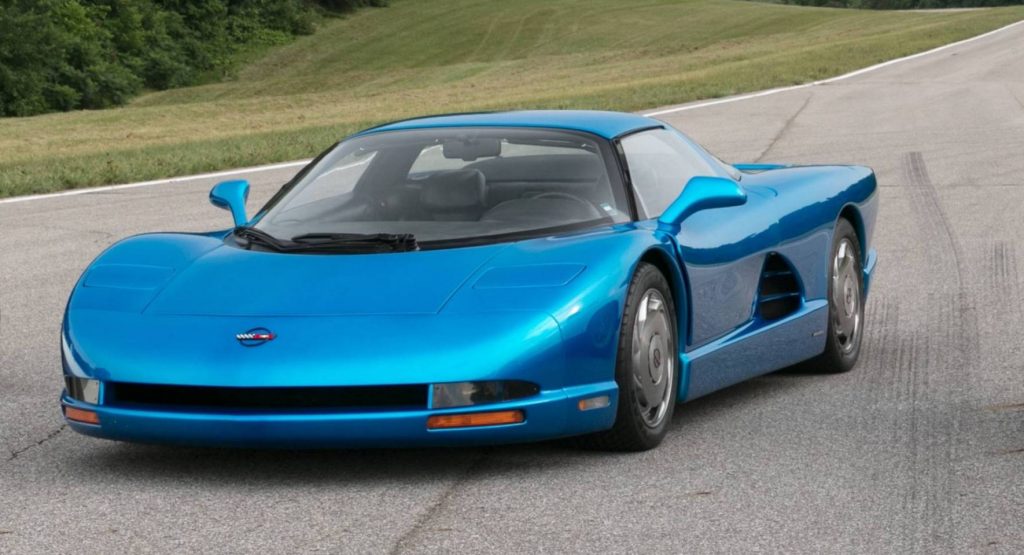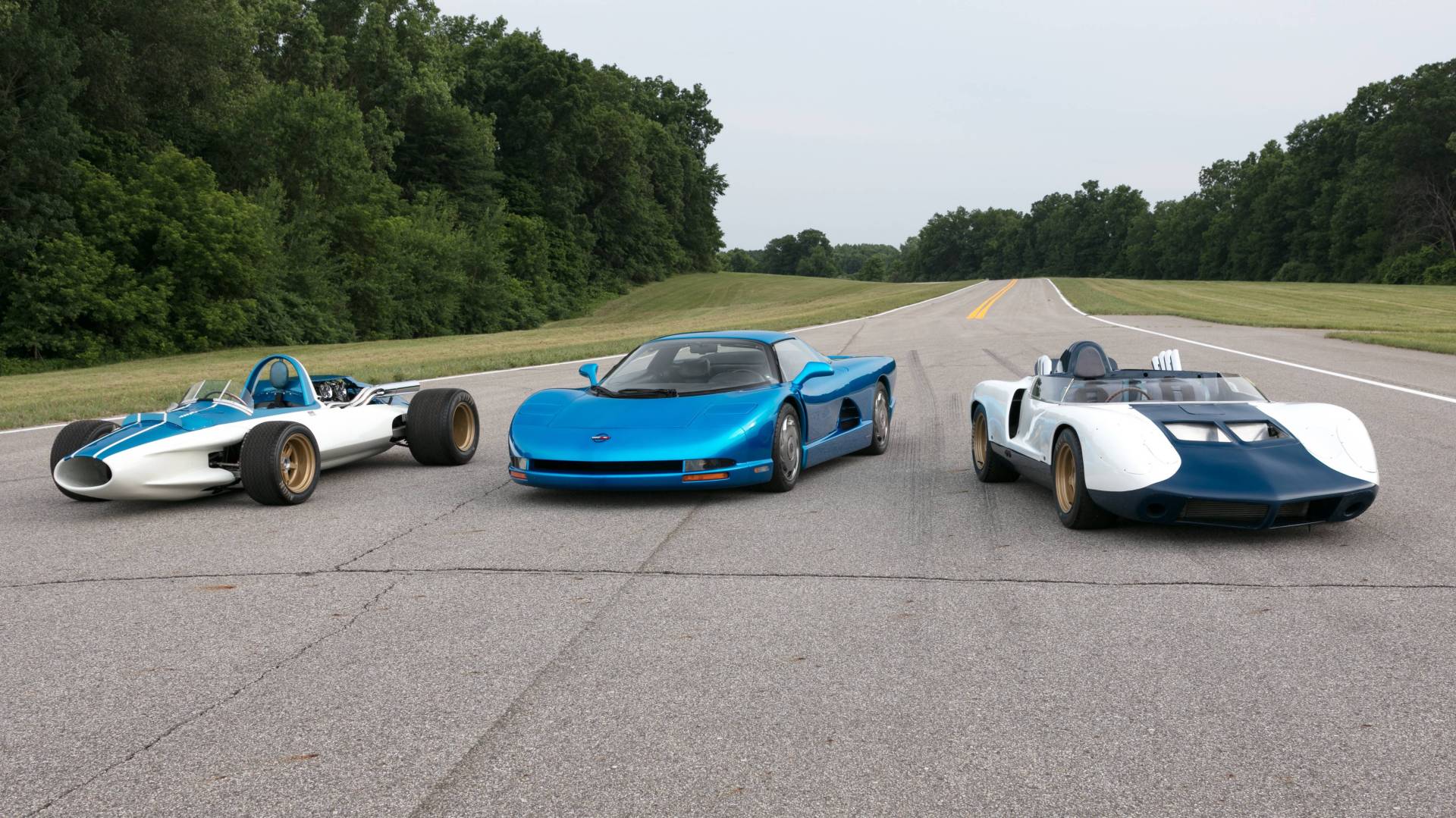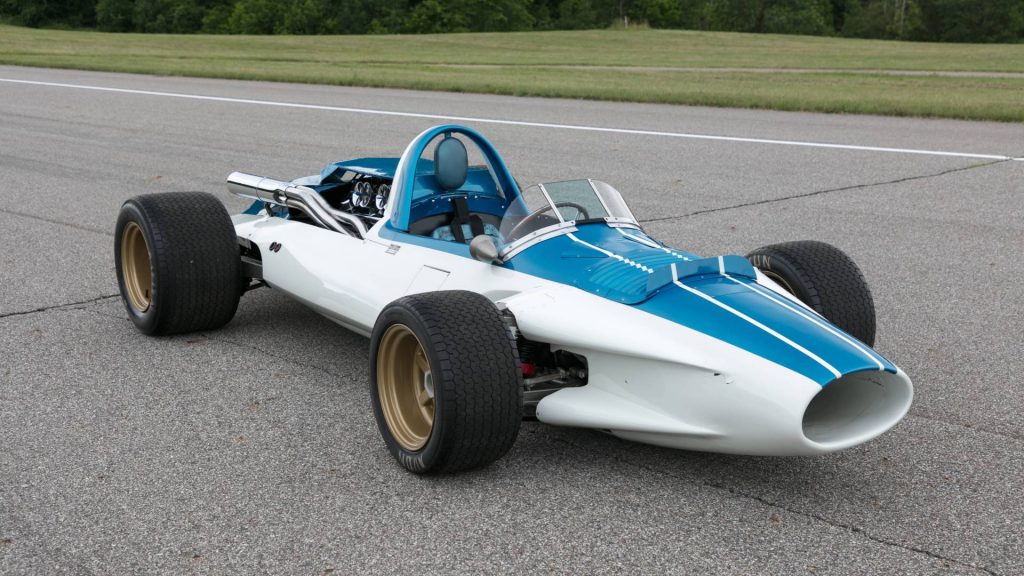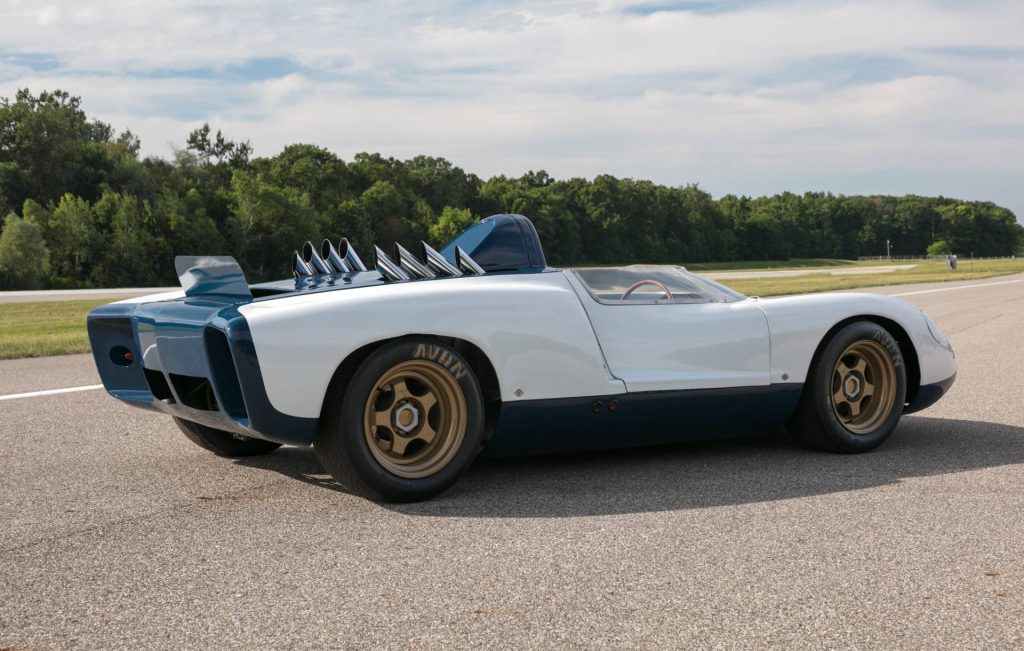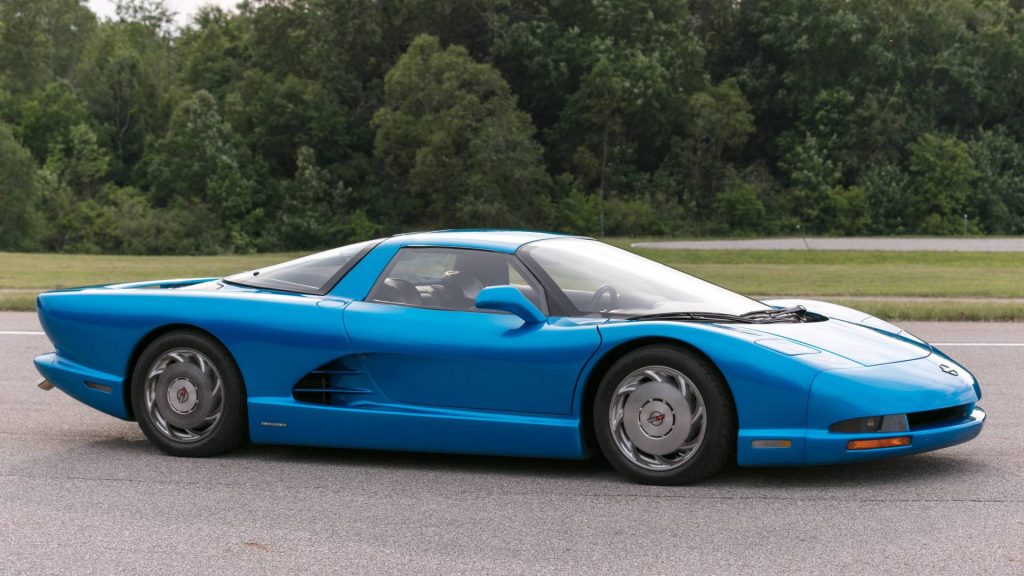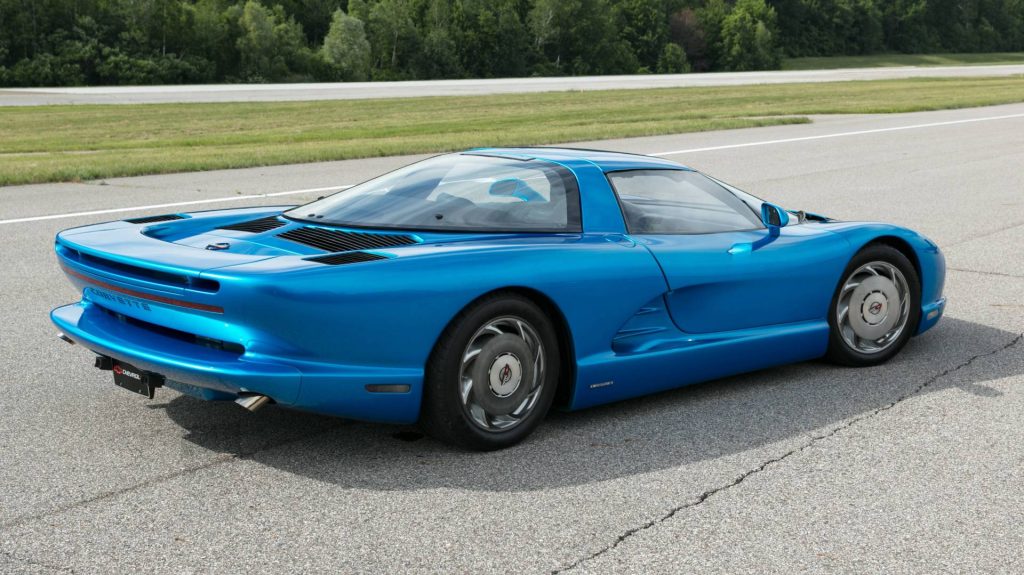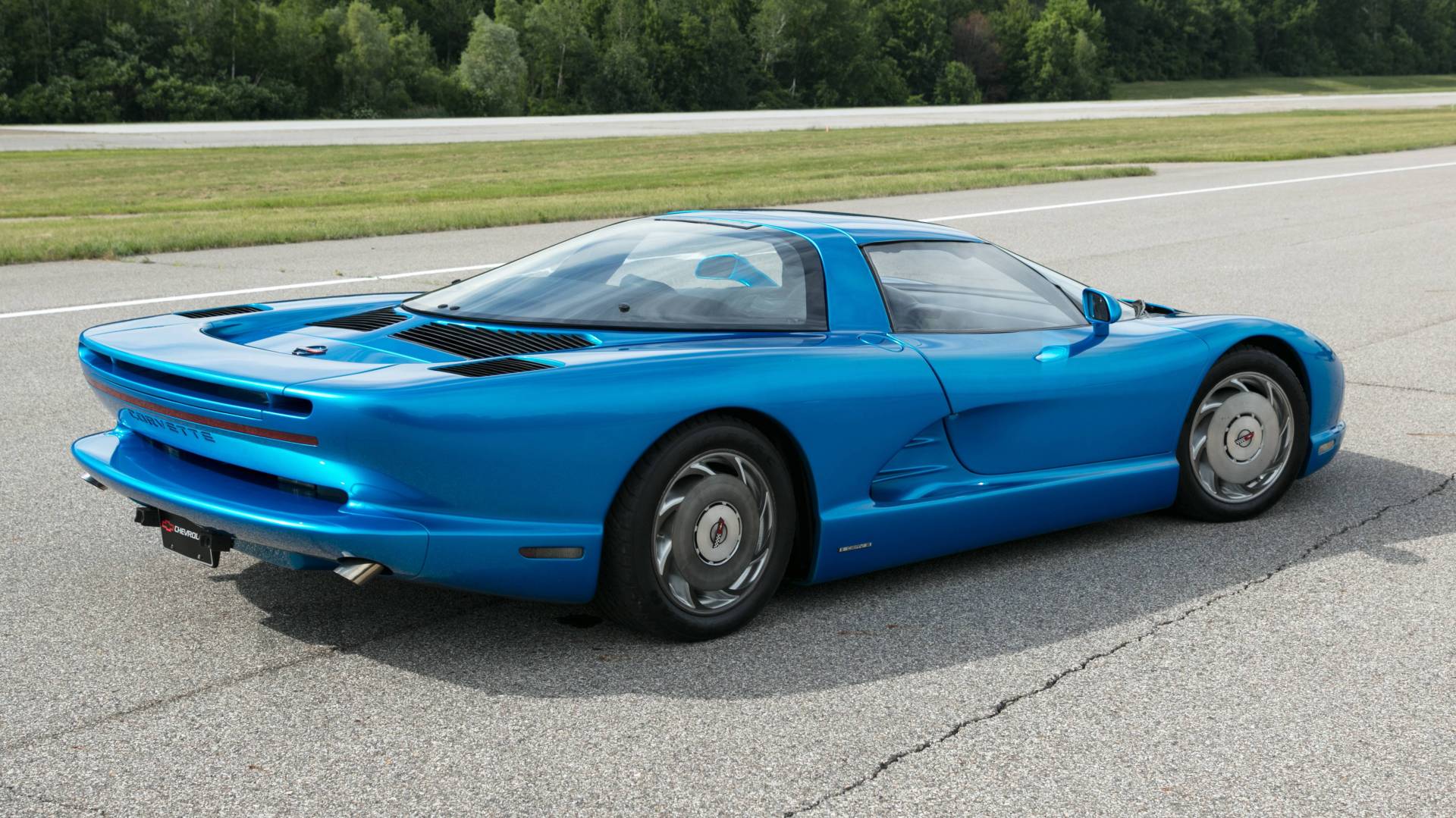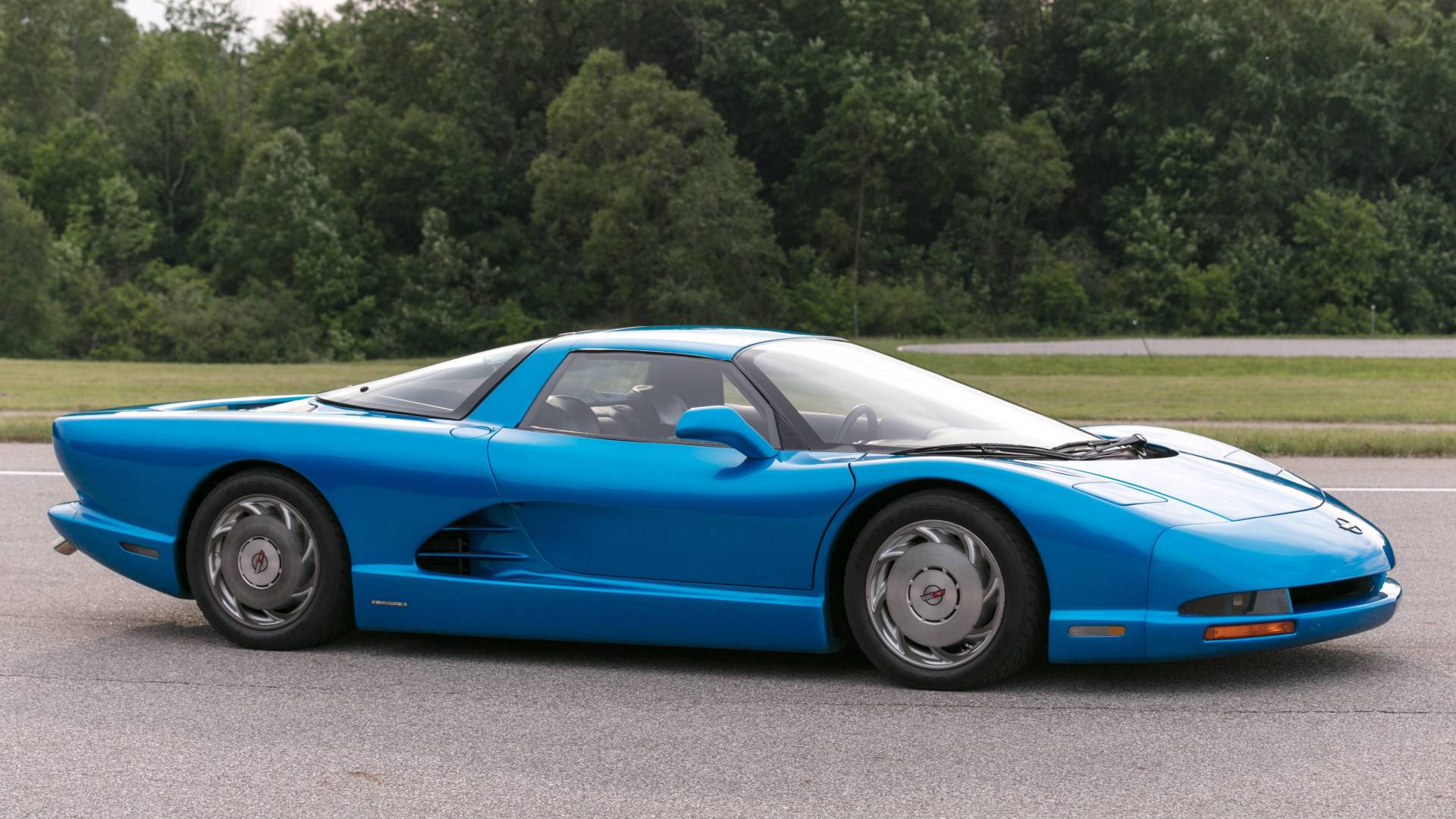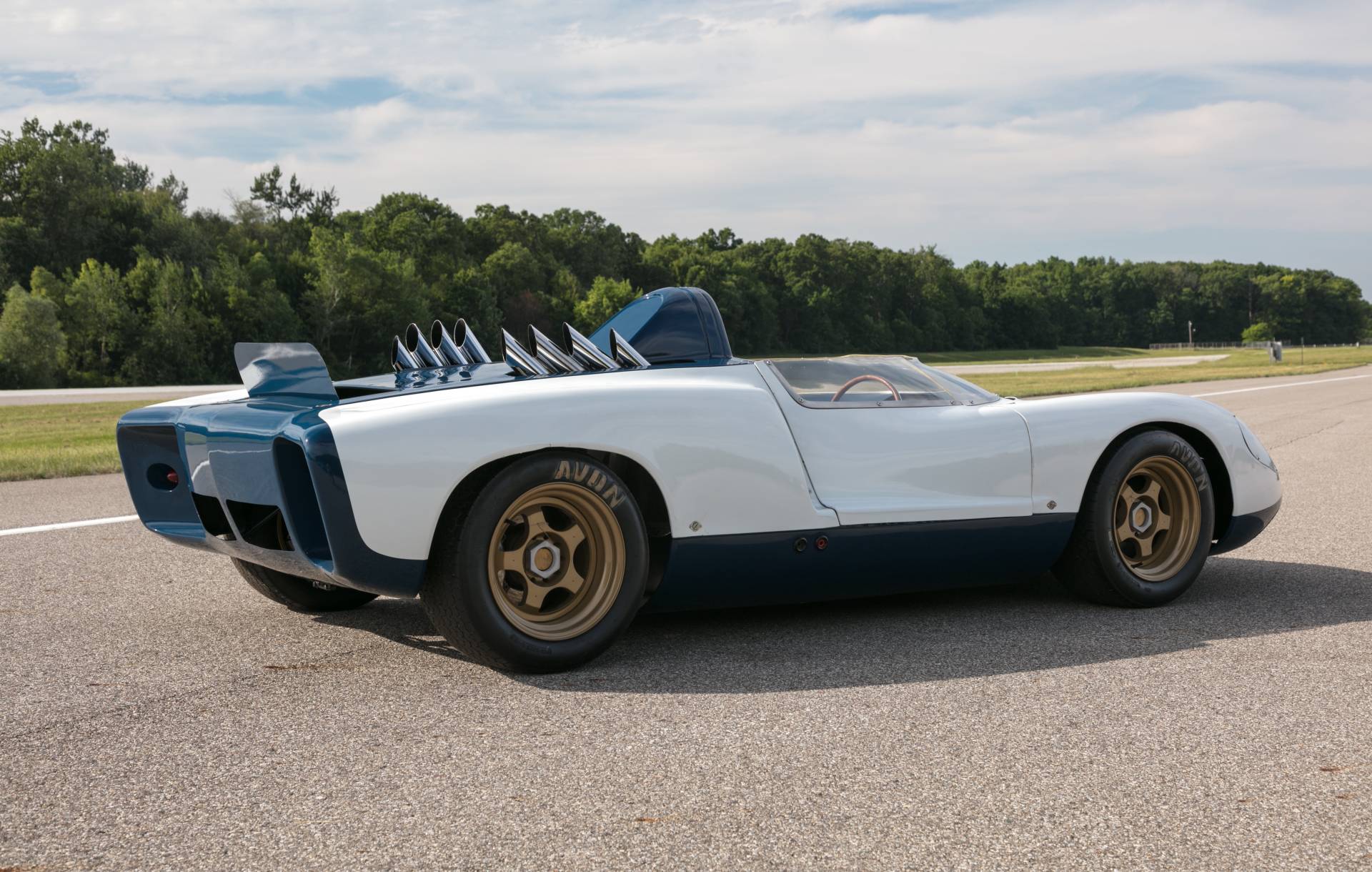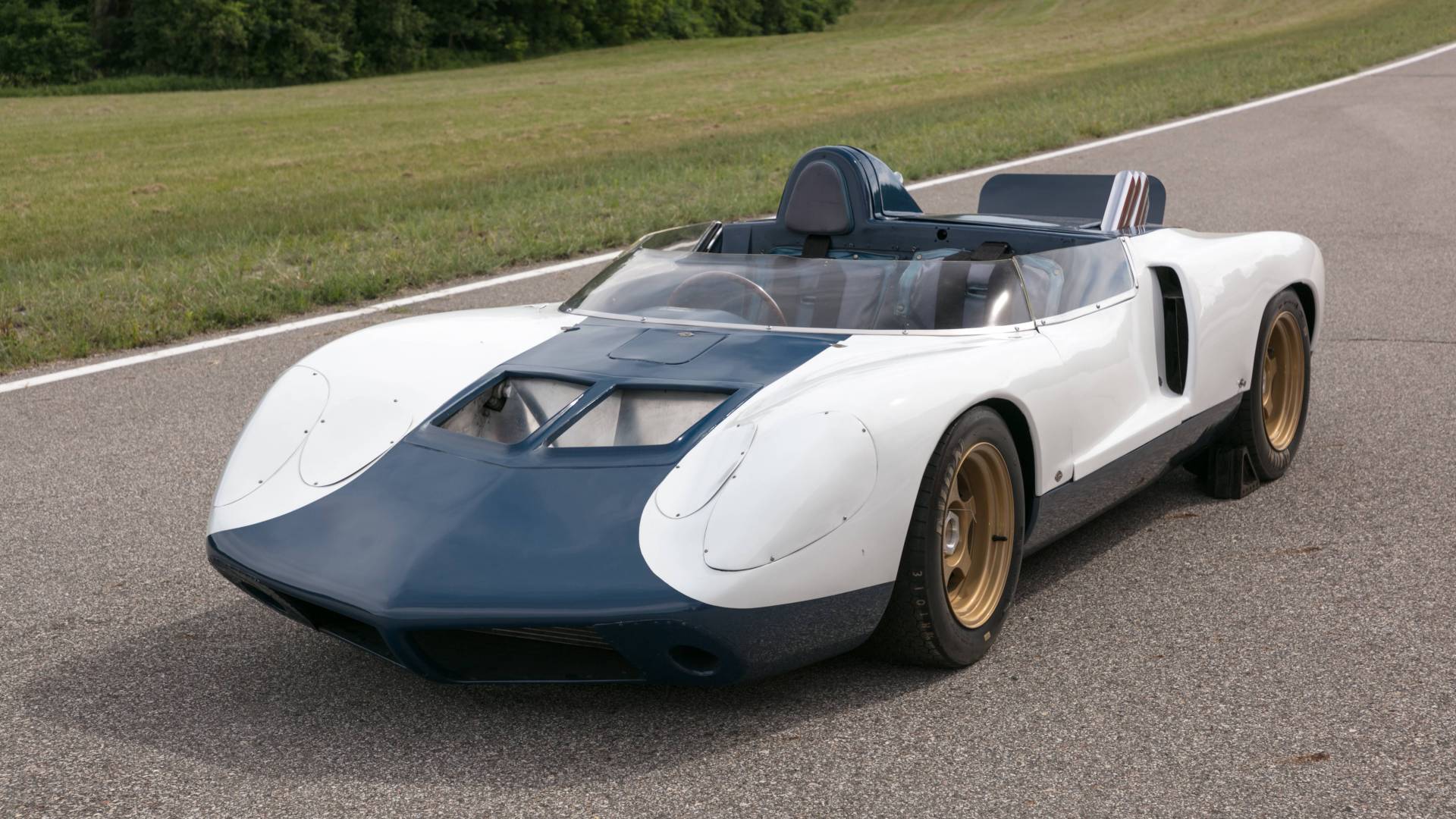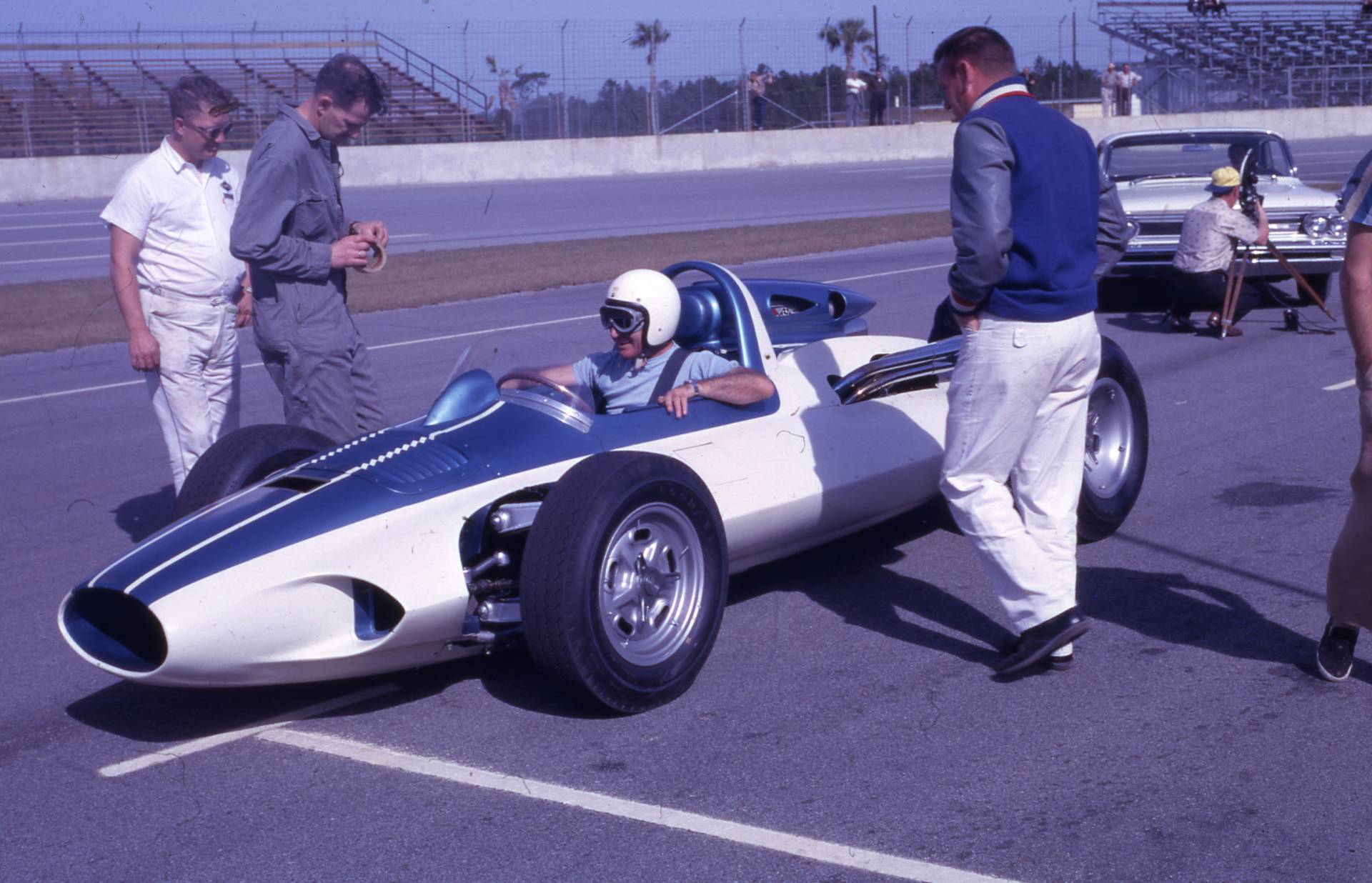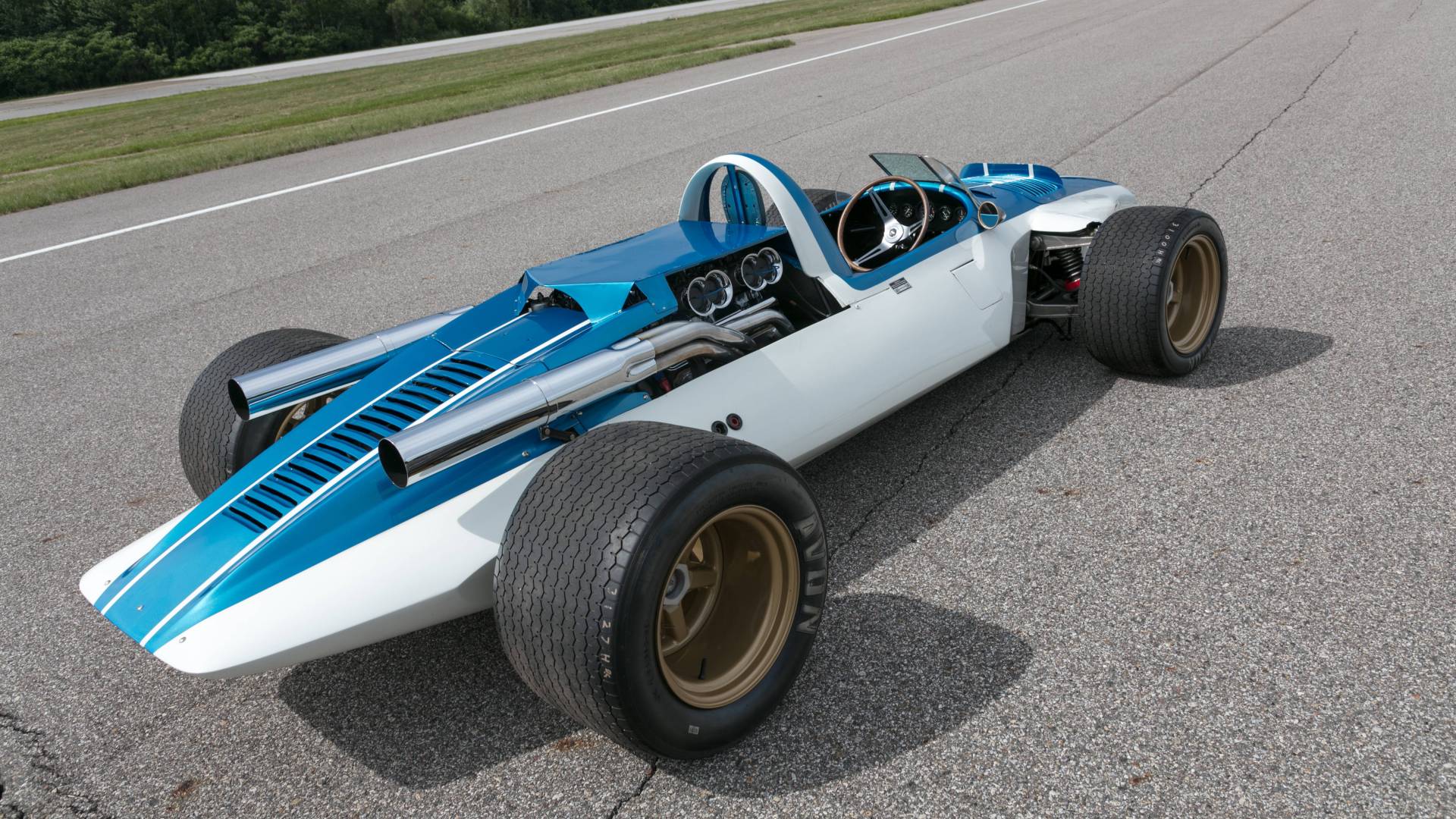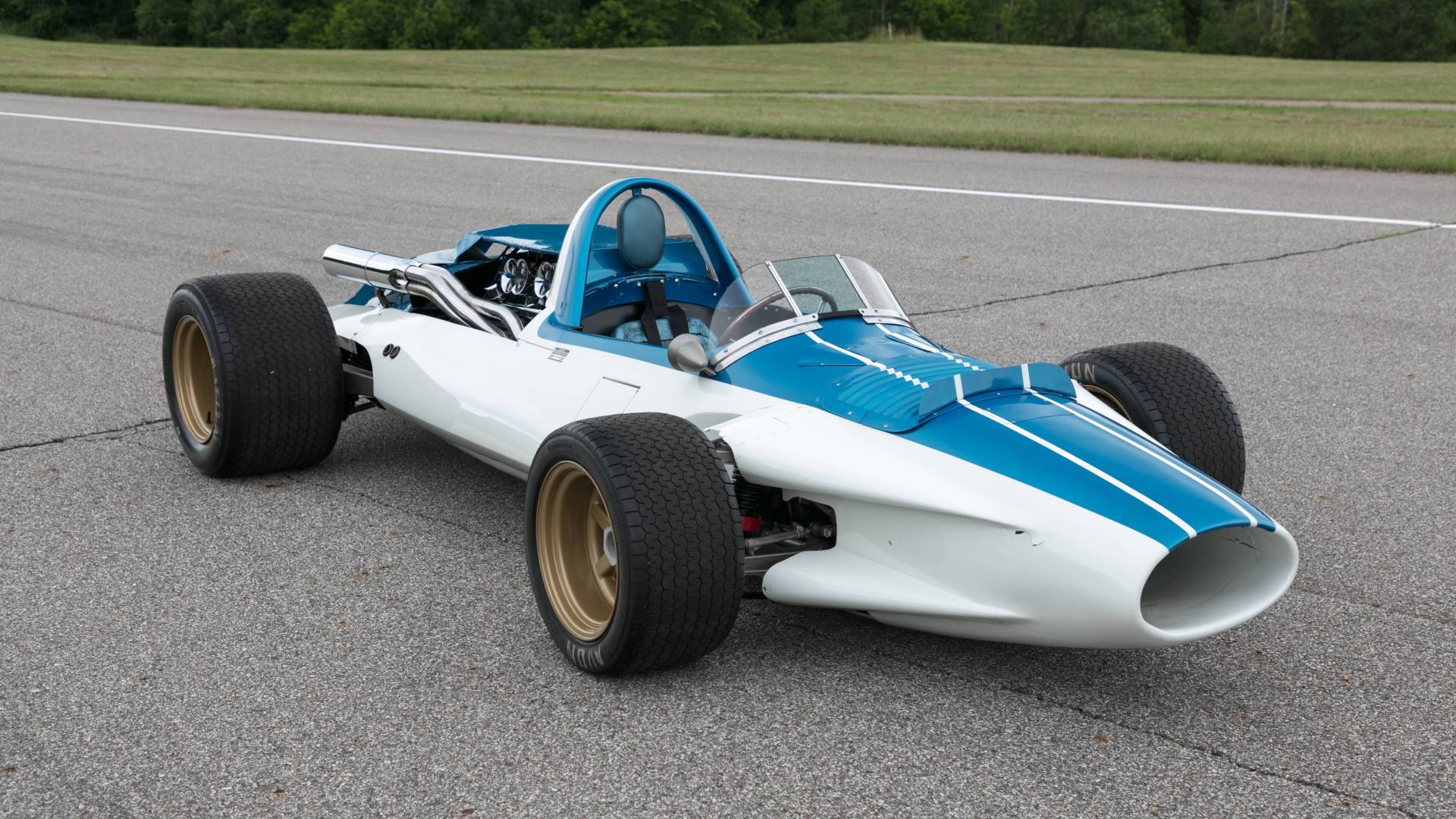It took Chevrolet 60 years to launch its first mid-engined Corvette, but that doesn’t mean the thought of a midship layout wasn’t planted in engineers’ minds right from the beginning.
Zora Arkus-Duntov, widely regarded as the father of the ‘Vette, was fascinated from an early age by mid-engine vehicles such as the Auto Union Type C and Type D Grand Prix racing cars. A brilliant engineer, he had a wealth of knowledge which he applied in his auto racing activities and engineering consultancy in automotive and aeronautics.
But it’s with General Motors that his career blossomed. When he started working on May 1, 1953, the original Corvette concept had already been presented four months earlier at the Motorama in New York City.
Also Read: Iconic CERV I Sells For $1.32 Million At Auction
The design study fascinated him and was probably what brought him to GM in the first place. During his time there he helped Chevrolet chief engineer Ed Cole turn his proposed Small Block V-8 into a viable technology for the Corvette later that decade.
1960 CERV I
He never forgot those mid-engine European racers, though, so in his position as Corvette chief engineer he pursued the midship layout through various concepts, like the CERV I created in 1960.
Duntov described the CERV I as “a design without limit” and an “admirable tool” that showed Chevrolet “what to put in Corvette.” During its lifespan, it featured seven different engine combinations. However, the original powertrain, a Small Block V8 with a lightweight aluminum core, can be seen as the forefather of the one on the 2020 Corvette Stingray.
1964 CERV II
Four years later, Duntov’s team created the CERV II concept which was envisioned by Duntov and Chevrolet General Manager Semon “Bunkie” Knudsen as a challenger for Sebring, Le Mans, and other races. This research vehicle not only featured torque converters front and rear, but also the first-ever mid-engine four-wheel-drive system, for which Duntov held the patent.
1990 CERV III
GM’s most recent attempt at a mid-engine vehicle came much later in the form of the 1990 CERV III concept built together with Lotus. Unlike its predecessors, CERV III was more of a road car than a track performer. Actually, Chevrolet intended it as a development vehicle to evaluate mid-engine structures as well as explore future levels of performance.
We’re talking very serious levels as CERV III packed a twin-turbocharged 5.7-liter Small Block V8 engine that made 650 horsepower and 655 lb-ft (888 Nm) of torque.
While none of the experimental research vehicles made it to production, many of the solutions they proposed were adopted by the 2020 Corvette Stingray. Until his retirement from GM in 1975, Arkus-Duntov saw the mid-engine layout with the engine mounted ahead of the rear axle as the optimal configuration for weight distribution, excellent handling, and forward visibility.
However, implementation proved problematic from a mass manufacturing standpoint. GM encountered issues with engine cooling, limited passenger and luggage space, noise, and the inability to produce a convertible variant. After six decades, advances in technology helped engineers and designers of the 2020 Corvette Stingray solve all these problems. These are historic days for Corvette fans and for automobile enthusiasts in general and we should all enjoy them.







